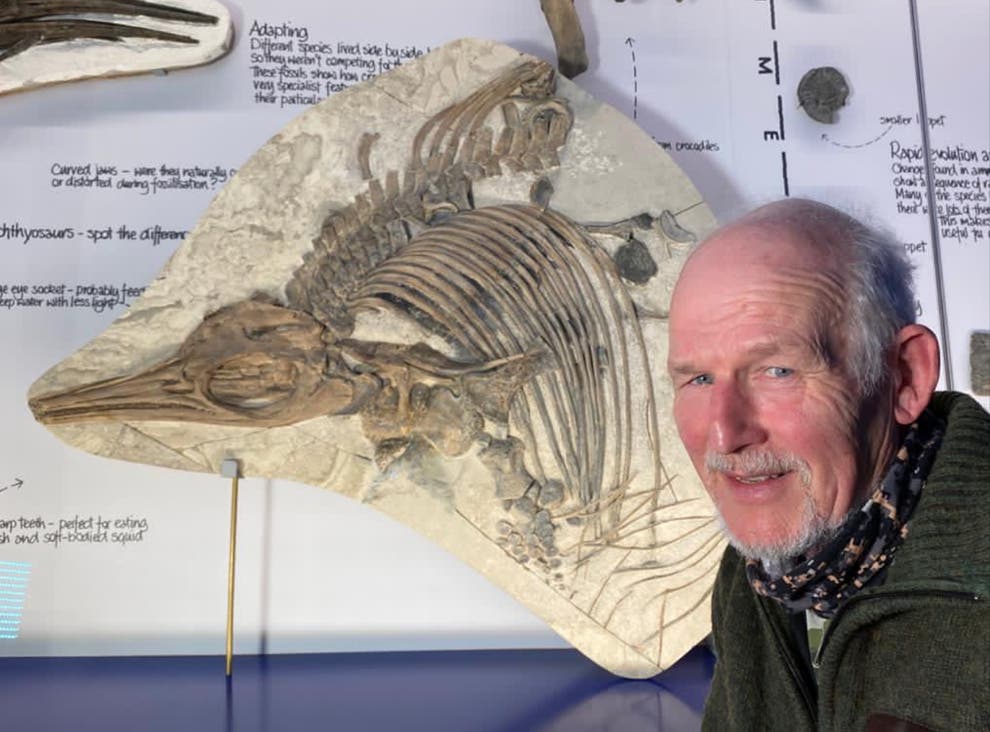On what should have been a quiet morning, the night sky was ripped apart by an event that far exceeded any scientific scenario predicted. The world’s largest telescopes, from the Vera C. Rubin Telescope in Chile to the James Webb Space Observatory, all locked onto a new object entering the solar system – an object that scientists initially mistook for a technical malfunction, but have now confirmed to be a massive, mysterious entity, tentatively named **’Oumuamua 2.0’** (or, in its official designation, **‘Black Seagull’ – *Avis Niger***).
What’s scary is its size. Based on preliminary measurements released by the UASA at 03:00 AM, the Black Seagull is estimated to be *at least 100 times* larger in diameter than the previous most famous and astonishing interstellar object, 3I/2017 U1 (ATLAS).
If 3I/ATLAS is just a 400-meter-long “rock”, then this Black Seagull is a mass of matter estimated to be **over 40 kilometers** in diameter – the size of a large city or a planet-destroying asteroid.
Dr. Eleanor Vance, director of the Federal Astrophysics Institute (FAI), who has spent a decade studying extrasolar bodies, said in an emergency press conference, her voice trembling: “We were not prepared for this. This size is unbelievable for an interstellar object. It’s not just a meteor. It’s a world in miniature.”
The initial detection was recorded by the DART-II tracking team, which is trying to determine the orbits of objects at risk of collision in the Kuiper Belt. When the signal was transmitted back to Earth, experts spent nearly two hours re-examining the data, believing their machines had failed or been contaminated by cosmic radiation.
“It came from interstellar space, at a very high velocity,” Dr. Kenji Tanaka, a JAXA kinematics expert, explained via live video link. “Its orbit does not fit any known comet or asteroid model in the Milky Way. It appears to have been **pushed** into our solar system with incredible acceleration.”
## Mysterious Structure: Not Rock, Not Ice
What is most alarming is not only the size but also the composition of the Black Seagull. Initial spectroscopic analyses, limited by its distance (about 4.5 AU when discovered), have ruled out most of the conventional hypotheses.
“It is not reflective like a typical silicate rock, nor does it emit a low-temperature signal like an icy comet,” Dr. Vance continued. “Its surface absorbs nearly all visible light. Preliminary analyses suggest a composition dominated by poorly characterized superheavy elements in our electromagnetic spectrum, combined with an unusually dense crust.”
Scientists are fiercely debating the nature of this object. Is it a fragment from a planet destroyed in an ancient collision, or is it an artificial object created by an extraterrestrial civilization?
“Its 40km size allows it to maintain a stable core. If it is the nucleus of a dead planet, it could hold the secrets of star formation,” said a NASA scientist. “But if it is an artificial structure… we are dealing with technology that goes beyond our concepts of mechanical and energy engineering.”
# Black Shadow in Orbit
For now, the biggest concern is the orbit. Although the ‘Black Seagull’ is moving away from the Sun, its original orbit was computationally seismic.
The latest forecast models show that the object *deviated* from its original planned orbit abruptly as it passed through Jupiter’s orbital region. This change cannot be explained by the pure gravitational pull of the planets in the Solar System.
“It’s as if a giant spacecraft performed a small, intentional ‘brake’ as it passed close to Jupiter,” commented Major Lena Petrova, a military orbital mechanics expert. “This strengthens the hypothesis that it is not an inanimate object.”
The geopolitical consequences were immediate. The UN Security Council held its third emergency meeting in 24 hours. Space research funds were completely reallocated, and space exploration programs were suspended to focus all observational resources on the ‘Black Seagull’.
## The Race to Light
In the coming weeks, the most powerful remaining telescopes will be tuned to shine high-powered lasers on the object’s surface, hoping to penetrate its dark shell and gather more detailed data about its internal structure.
“We need to know what it is, where it’s going, and most importantly, whether it can come back,” Dr. Vance stressed. “In the meantime,
If current models suggest it will continue to move out of the Solar System, a small change in the gravitational pull of the outermost planets – Neptune or Pluto – could change our fate.”
Space agencies are considering launching a hypersonic interstellar probe (possibly using advanced nuclear propulsion technology) to catch up with the Black Seagull, but the mission would take at least 5-7 years to reach it, while the object would only be in Earth’s effective line of sight for the next 18 months before it would be too far away for significant analysis.
While humanity waits with bated breath for further analysis, the biggest question still hangs in the dark: What is this massive, black, seemingly controlled object, and why is it paying us a visit – even briefly – of a size that could completely change our understanding of the universe?
The sky tonight is no longer the place not a place to daydream, but a stage where an alien entity is making its terrifying presence felt. The entire global scientific community is on the highest alert, for the ‘Black Seagull’ is more than a discovery; it is a challenge.





















